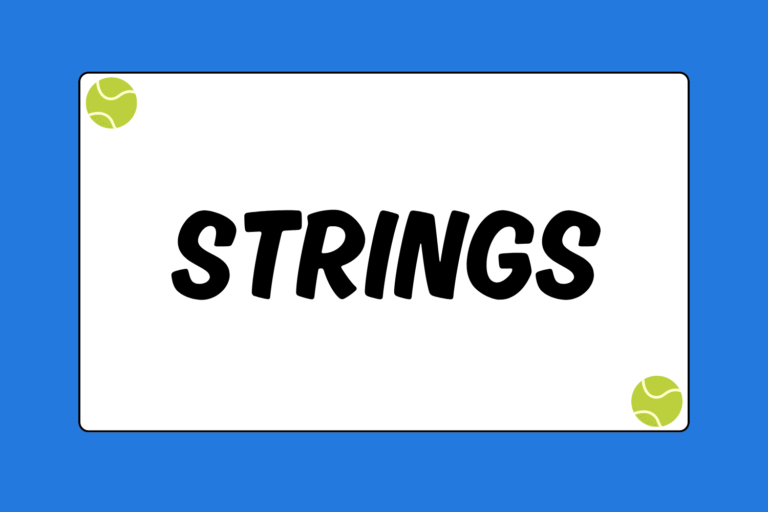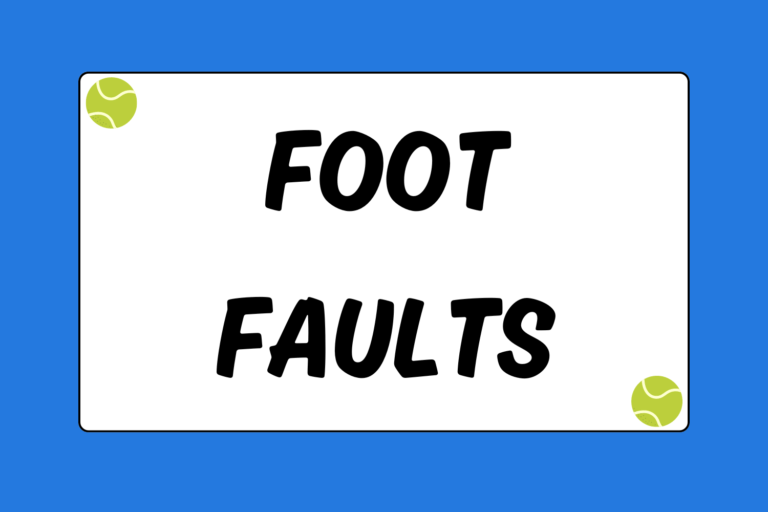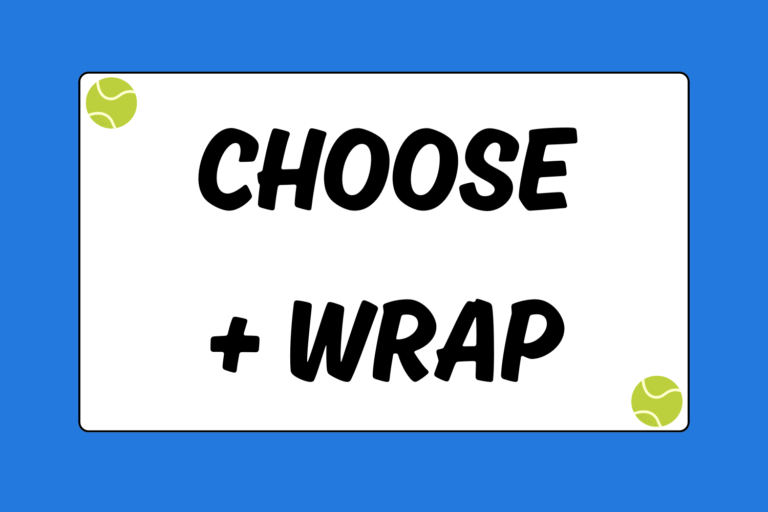The cost of improving at tennis is often so high that it excludes a large portion of the population who believe they simply can’t afford it year after year. There’s a misconception that the only way to get better at tennis is to spend hundreds of dollars per hour on professional lessons, enroll in high-priced country clubs or join expensive junior circuits. Unfortunately, the only thing these routes guarantee is a lighter wallet.
While those are all potentially helpful avenues to improve one’s tennis game, they can cost as much as some college tuitions when added up over the course of years. Why drop thousands of dollars to play tennis all year when there are much cheaper options – like basketball or football?
While improving at tennis may be more difficult with limited resources, there are multiple strategies to help aspiring players, their parents and their coaches circumvent the need for abundant wealth.
Here Are Some Tips for Improving Your Tennis Game on a Budget
Don’t Go Racquet Crazy
The cost of a tennis racquet goes from as low as $10 to as high as $400. When you consider players growing, or wear and tear, it’s almost a foregone conclusion that players may need new racquets more than once. High-end racquets are made from graphite and titanium, making them light, rigid and flexible – exactly what advanced players like.
However, this is not necessary for beginning players, who may not even be able to effectively utilize the features of more expensive racquets.
The flexibility provided in high end models may lead to inaccuracy from beginners, who don’t possess the exact precision of experienced players. No need for new players to spend more than $20 to $30 on a racquet.
Advanced players looking to cut costs should search for closeouts and demos of graphite racquets – meaning they will be slightly used and discounted at 50 percent or higher. You can find top of the line racquets for as low as $60. Check online retailers and at your local pro shop.
Don’t Sweat Court Time
If you live in or near a town with public courts, you should have access to playing time for at least nine months out of the year. Sure it may be cold out, but as long as the court isn’t soaked or covered in snow, this will only help you build mental and physical resolve to play in any condition.
Some parks take down their nets for the winter time. In these cases, players can purchase a portable setup for around $20. If you have difficulty gripping the cold racquet, pick up a pair of work gloves.
If you can’t find an opponent, practicing your strokes off of a wall, from about 10 to 20 feet away. Try not to focus on power, but more so on technique, follow through, footwork and hand-eye coordination.
Look for Small Group Lessons
Unfortunately, finding inexpensive private tennis lessons is pretty difficult. While there’s no replacement for one-on-one lessons, inexpensive group lessons are a viable option. These can be found at some country clubs, seasonal camps and clinics, or on sites like Groupon or Living Social.
Additionally, in this age of high-speed information, there’s no limit to the amount of free video lessons available from highly qualified professionals.
Whether you’re looking to add some power in to your serves or just looking for a more consistent stroke, utilizing all of your resources – not just monetary – is the key to improving your tennis game without spending an arm and a leg.





